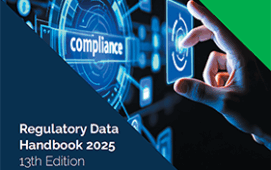Following the recent discussions about the launch of a possible central clearing house for credit derivatives later this year, a number of related concerns have been raised in the market. Not least of these is the lack of a single, reliable source for reference pricing data.
Although there are a number of derivatives pricing vendors in the market, the dilemma will be which source to choose as the most reliable and thus institutionalise it, forsaking all others. Moreover, due to the OTC nature of these instruments, it is an illiquid and opaque market at the best of times and there is little to no observable transactional pricing, reliability is difficult to determine.
Obviously a number of contenders are currently vying for the clearing house throne – CME Group, Liffe, Eurex Clearing, DTCC and Markit have all announced plans for this market – and the choice of pricing vendor could depend on who wins this first battle.
However, most of these players are likely to choose the largest pricing provider in the current market, Markit, due to various agreements already in place. Earlier this year Liffe, the international derivatives business of Euronext, and Markit expanded their relationship via a partnership agreement. The agreement enabled Liffe to receive a wider range of consensus dividend forecasts from Markit for use in its indicative options pricing model and Bclear, its trade confirmation, administration and clearing service for wholesale equity derivatives that it plans to extend to the credit derivatives market. CME Group is the only real candidate expected to buck this trend due to its ownership of pricing provider and rival to Markit, Credit Market Analysis (CMA). CMA says it is differentiated from other providers, including Markit, because its end of day pricing service is based on buy side pricing data.
CMA has been using this difference as a key reason why its pricing is more reliable. Its argument is that basing pricing on sell side figures can open it up to the risk of mismarks on credit traders’ books and dealer biases.
It also seems that CMA may be stepping into the reference entity identifier space that is currently dominated by Markit’s Reference Entity Database (RED). According to recent reports, CMA is at the planning stages with a project to launch a similar service to Markit RED in response to buy side complaints about the high cost of access to RED.
Subscribe to our newsletter




